The Ultimate Guide to Log Cabin Maintenance and Protecting Your Home for Generations
Owning a log cabin is a dream for many—a place to escape the hustle and bustle of everyday life and reconnect with nature. However, to keep your cabin in top condition, regular maintenance is essential. Unlike conventional homes, log cabins require specialized care to prevent rot, insect infestations, and weather damage. This guide will provide a comprehensive approach to maintaining your log home, ensuring it remains strong, beautiful, and functional for generations.
1. The Importance of Log Cabin Maintenance
Log homes are unique structures that interact with the environment in ways traditional homes do not. Wood expands and contracts with changes in temperature and humidity, making it vulnerable to cracking, moisture damage, and pests. Without proper maintenance, small issues can quickly become costly repairs.
Neglecting log cabin upkeep can lead to:
A.Structural damage from water infiltration and wood rot
B.Increased susceptibility to pests like termites and carpenter ants
C.Fading and deterioration of exterior wood due to UV exposure
D.Increased heating and cooling costs due to air leaks
By following a structured maintenance plan, you can extend the life of your cabin and avoid expensive repairs down the road.
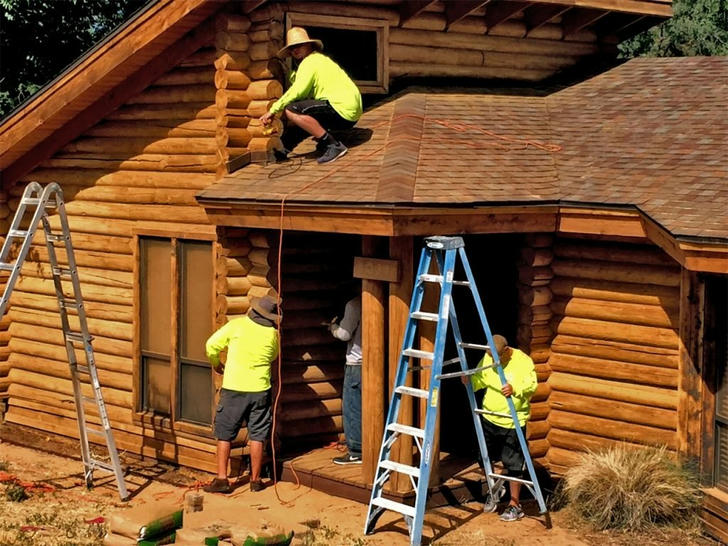
2. Conducting Routine Inspections
Regular inspections are the first step in preventing major issues. Aim to inspect your cabin at least twice a year—once in the spring and again in the fall.
What to Look For:
Cracks and gaps in the logs that could let in moisture
Signs of wood rot, such as soft or discolored areas
Mold or mildew, especially in shaded or damp areas
Insect activity, including small holes, sawdust piles, or visible pests
Damage to the roof, gutters, or foundation
Real Example:
The Peterson family, who own a cabin in the Rocky Mountains, ignored a small crack in their logs for a couple of years. After a particularly wet season, water seeped in, leading to mold growth and wood decay. The repair ended up costing thousands of dollars. Now, they conduct routine inspections and promptly seal any cracks they find.
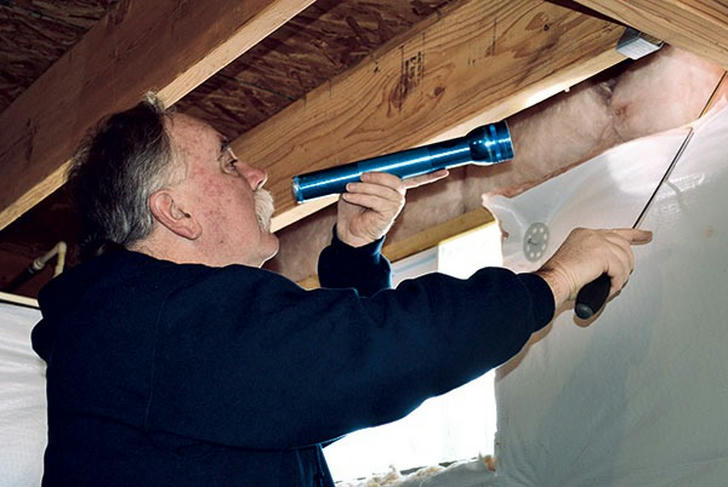
3. Protecting Your Logs: Sealing, Staining, and Caulking
One of the most effective ways to protect your cabin from the elements is by sealing, staining, and caulking the logs.
Sealing Your Logs
Sealants prevent moisture from penetrating the wood, reducing the risk of rot and mold. Choose a high-quality log sealant and apply it to any cracks or gaps.
Staining for UV Protection
UV rays can dry out and weaken the wood, causing it to fade and crack over time. A UV-resistant stain should be applied every 3-5 years to maintain the wood’s integrity.
Caulking to Prevent Air and Water Leaks
Use log caulk or chinking to seal gaps between logs, keeping out moisture and pests while improving energy efficiency.
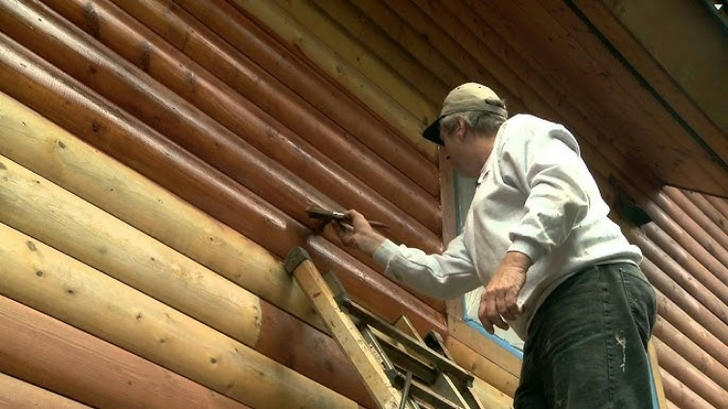
4. Managing Moisture: The Biggest Threat to Log Homes
Water is the number one enemy of log cabins. If moisture is not properly managed, it can lead to rot, mold, and insect infestations.
How to Prevent Moisture Damage:
Ensure Proper Drainage: Keep gutters and downspouts clear and direct water at least 5 feet away from your cabin’s foundation.
Check for Leaks: Inspect the roof, doors, and windows regularly for signs of water infiltration.
Maintain Overhangs: A wide roof overhang helps keep rain from directly hitting the logs.
Ventilate Indoor Spaces: Use dehumidifiers in humid climates to keep indoor moisture levels under control.
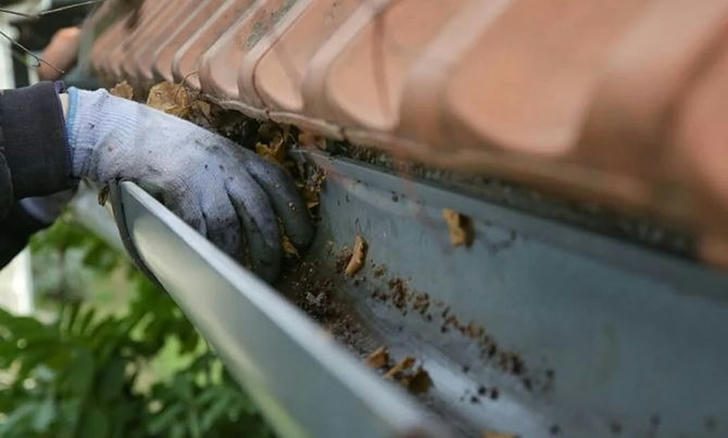
5. Preventing and Controlling Insect Infestations
Wood-boring insects like termites, carpenter ants, and powderpost beetles can weaken the structure of your cabin over time.
How to Keep Pests Away:
Apply borate treatments to deter insects
Keep firewood and mulch at least 10 feet away from the cabin
Use screens on vents and windows to prevent pests from entering
Schedule annual pest inspections if you live in an area prone to termites
Real Example:
A cabin owner in Georgia noticed small piles of sawdust near their baseboards. Upon inspection, they discovered a termite infestation. Thankfully, they caught it early, and with professional treatment, they were able to save their home from significant damage.
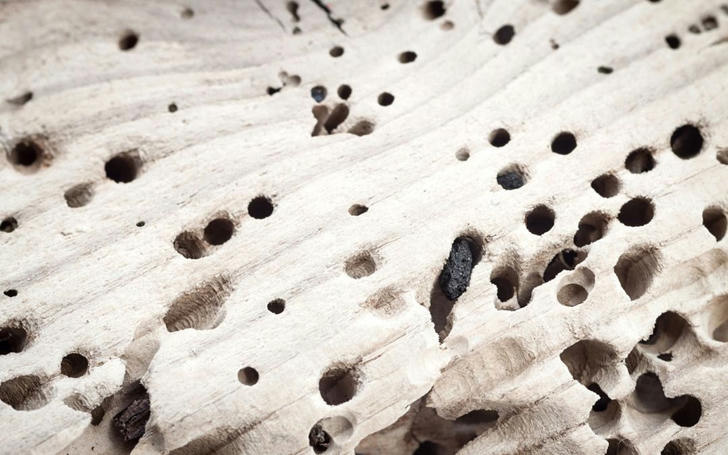
6. Roof and Foundation Maintenance
The roof and foundation are two of the most critical components of your log cabin. Damage to either can result in costly repairs.
Roof Maintenance Tips:
Check for missing or damaged shingles after storms
Clean out gutters regularly to prevent water buildup
Trim overhanging branches to prevent damage from falling debris
Foundation Care:
Inspect for cracks and water pooling around the base of your cabin
Keep soil sloped away from the foundation to prevent erosion
Consider installing a gravel drainage system to reduce moisture retention
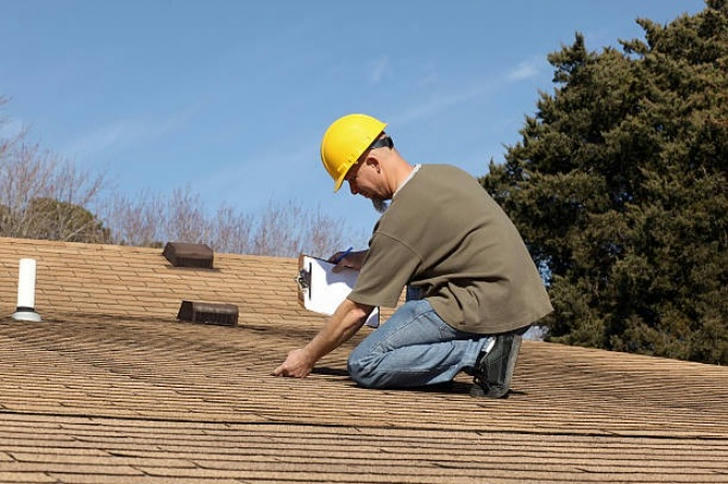
7. Seasonal Maintenance Checklist
To stay on top of cabin upkeep, follow this seasonal checklist:
Spring & Summer:
Inspect for winter damage
Clean and re-stain logs if necessary
Check for insect activity
Trim trees and bushes around the cabin
Fall:
Clean gutters before the rainy season
Seal any cracks or gaps in logs
Check heating systems for efficiency
Winter:
Keep snow from accumulating on the roof
Monitor indoor humidity levels
Ensure pipes are insulated to prevent freezing

8. When to Call a Professional
While many maintenance tasks can be handled by homeowners, some situations require expert help:
Extensive wood rot or structural damage
Severe insect infestations
Major roof or foundation issues
Chimney and fireplace maintenance
Real Example:
A couple in Minnesota attempted to patch their roof themselves after a small leak appeared. Unfortunately, their DIY fix failed, and the leak worsened. A professional roofer later found extensive water damage that required a full roof replacement. If they had called a specialist sooner, they could have avoided the costly overhaul.
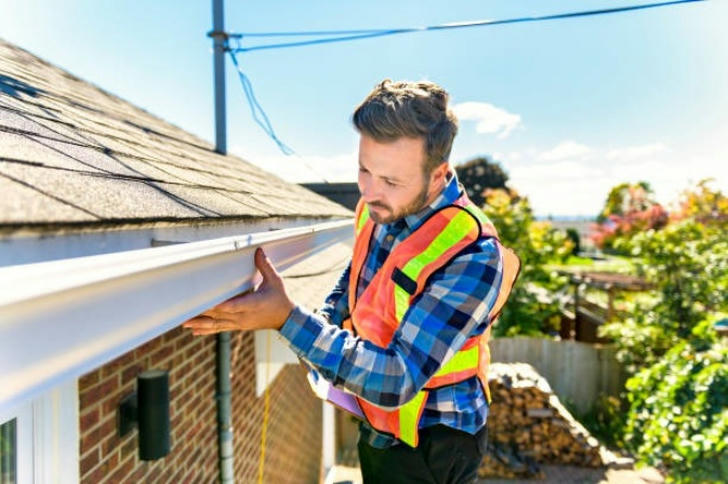
Conclusion
Maintaining your log cabin doesn’t have to be overwhelming. By conducting routine inspections, sealing and staining logs, managing moisture, preventing pests, and caring for your roof and foundation, you can protect your investment for years to come. With the right approach, your log home will continue to provide warmth, beauty, and comfort for generations.

This expanded guide offers even more practical advice, real-world examples, and actionable tips, ensuring log cabin owners have all the information they need to keep their homes in pristine condition.
